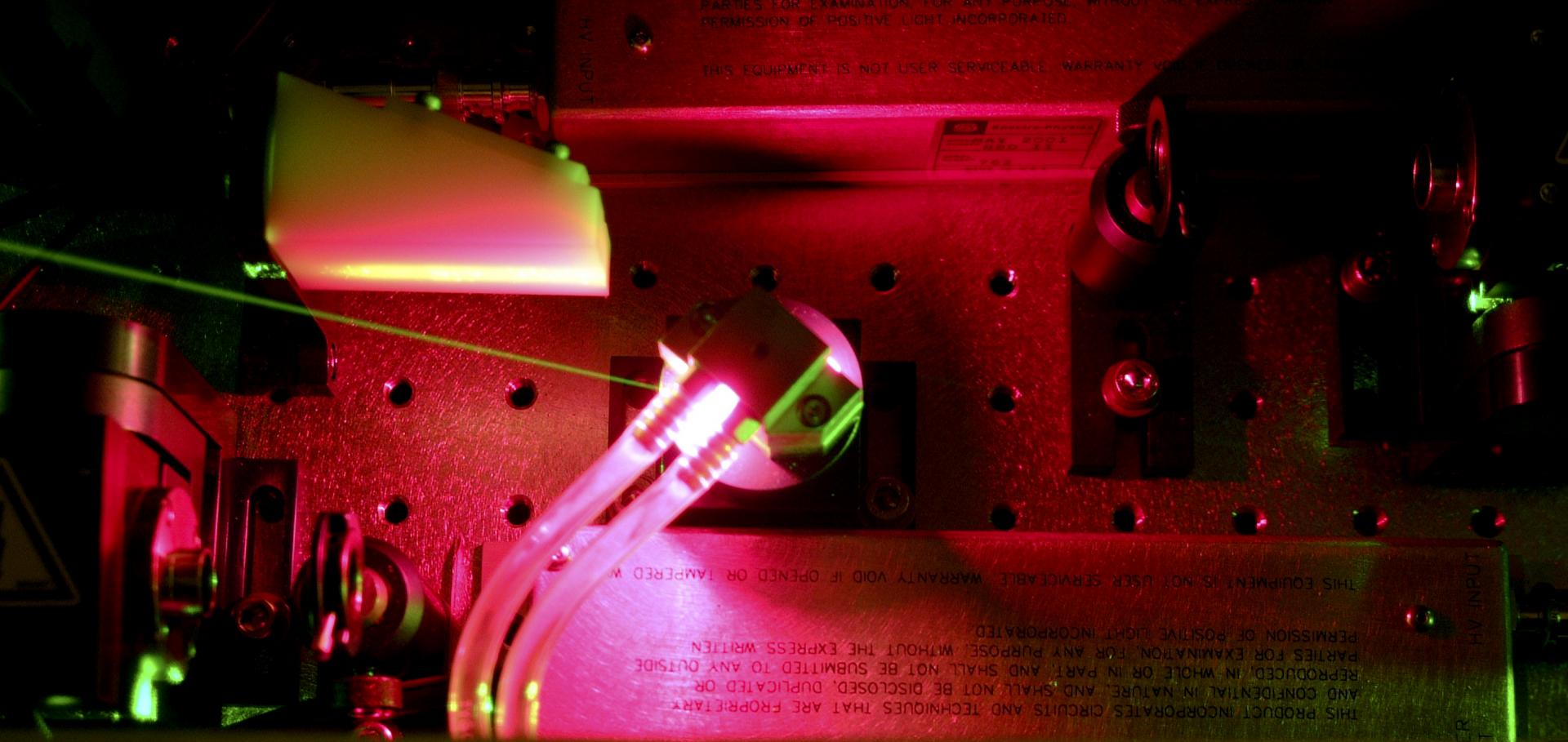Simulation of free-electron lasers seeded with broadband radiation
Physical Review Special Topics - Accelerators and Beams 14:6 (2011)
Abstract:
The longitudinal coherence of free-electron laser (FEL) radiation can be enhanced by seeding the FEL with high harmonics of an optical laser pulse. The radiation produced by high-harmonic generation (HHG), however, has a fast-varying temporal profile that can violate the slowly varying envelope approximation and limited frequency window that is employed in conventional free-electron laser simulation codes. Here we investigate the implications of violating this approximation on the accuracy of simulations. On the basis of both analytical considerations and 1D numerical studies, it is concluded that, for most realistic scenarios, conventional FEL codes are capable of accurately simulating the FEL process even when the seed radiation violates the slowly varying envelope approximation. We additionally discuss the significance of filtering the harmonic content of broadband HHG seeds. © 2011 American Physical Society.All-optical steering of laser-wakefield-accelerated electron beams
Physical Review Letters 105:21 (2010)
Abstract:
We investigate the influence of a tilted laser-pulse-intensity front on laser-wakefield acceleration. Such asymmetric light pulses may be exploited to obtain control over the electron-bunch-pointing direction and in our case allowed for reproducible electron-beam steering in an all-optical way within an 8 mrad opening window with respect to the initial laser axis. We also discovered evidence of collective electron-betatron oscillations due to off-axis electron injection into the wakefield induced by a pulse-front tilt. These findings are supported by 3D particle-in-cell simulations. © 2010 The American Physical Society.First milestone on the path toward a table-top free-electron laser (FEL)
AIP Conference Proceedings 1228 (2010) 295-300
Abstract:
Latest developments in the field of laser-wakefield accelerators (LWFAs) have led to relatively stable electron beams in terms of peak energy, charge, pointing and divergence from mmsized accelerators. Simulations and LWFA theory indicate that these beams have low transverse emittances and ultrashort bunch durations on the order of ∼ 10 fs. These features make LWFAs perfectly suitable for driving high-brightness X-ray undulator sources and free-electron lasers (FELs) on a university-laboratory scale.With the detection of soft-X-ray radiation from an undulator source driven by laser-wakefield accelerated electrons, we succeeded in achieving a first milestone on this path. The source delivers remarkably stable photon beams which is mainly due to the stable electron beam and our miniature magnetic quadrupole lenses, which significantly reduce its divergence and angular shot-to-shot variation. An increase in electron energy allows for compact, tunable, hard-Xray undulator sources. Improvements of the electron beams in terms of charge and energy spread will put table-top FELs within reach. © 2010 American Institute of Physids.Investigation of the role of plasma channels as waveguides for laser-wakefield accelerators
New Journal of Physics 12 (2010)
Abstract:
The role of plasma channels as waveguides for laser-wakefield accelerators is discussed in terms of the results of experiments performed with the Astra-Gemini laser, numerical simulations using the code WAKE, and the theory of self-focusing and self-guiding of intense laser beams. It is found that at a given electron density, electron beams can be accelerated using lower laser powers in a waveguide structure than in a gas-jet or cell. The transition between relativistically self-guided and channel-assisted guiding is seen in the simulations and in the behaviour of the production of electron beams. We also show that by improving the quality of the driving laser beam the threshold laser energy required to produce electron beams can be reduced by a factor of almost 2. The use of an aperture allows the production of a quasi-monoenergetic electron beam of energy 520 MeV with an input laser power of only 30 TW. © IOP Publishing Ltd and Deutsche Physikalische Gesellschaft.Generation and control of ultrafast pulse trains for quasi-phase-matching high-harmonic generation
Journal of the Optical Society of America B: Optical Physics 27:4 (2010) 763-772


